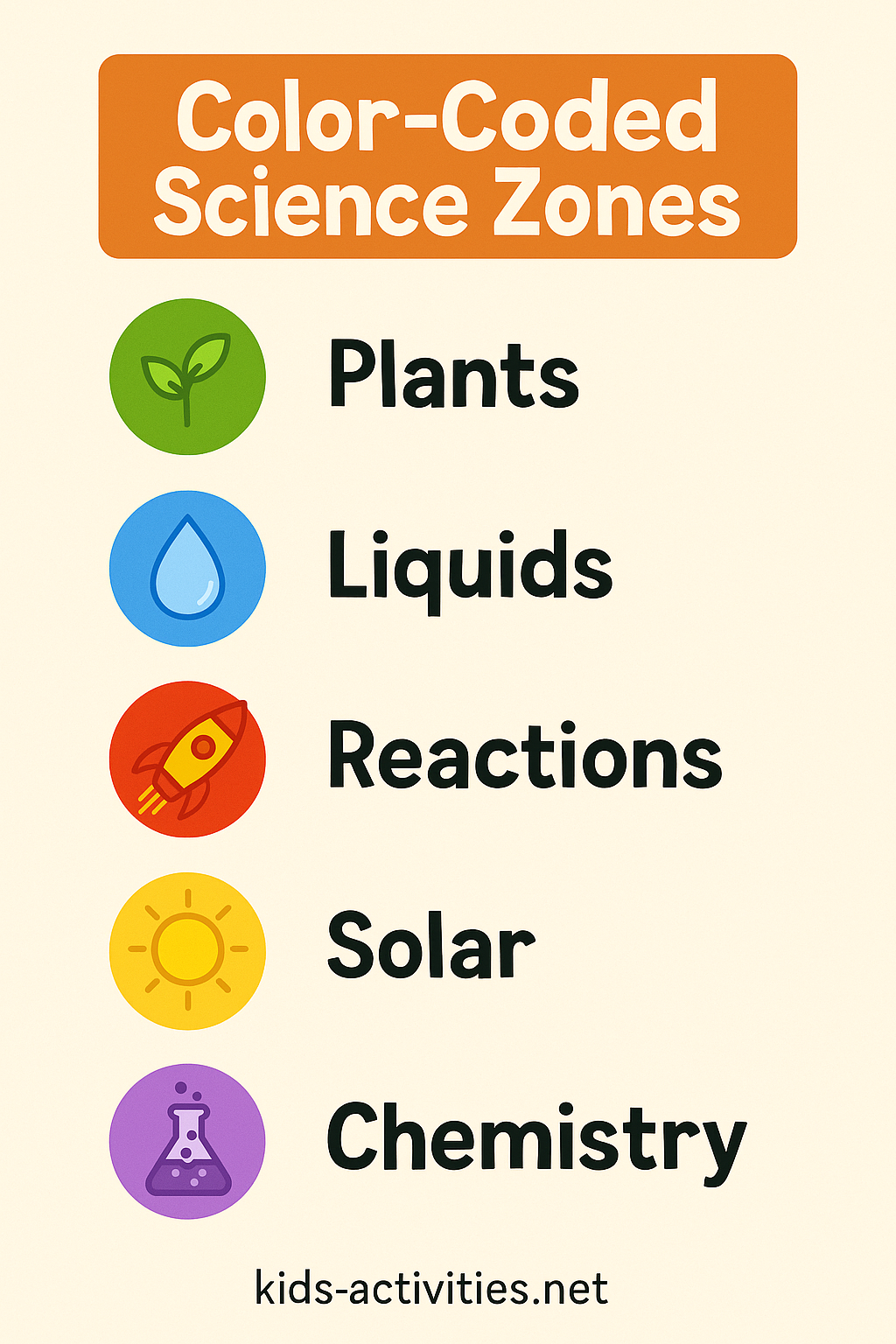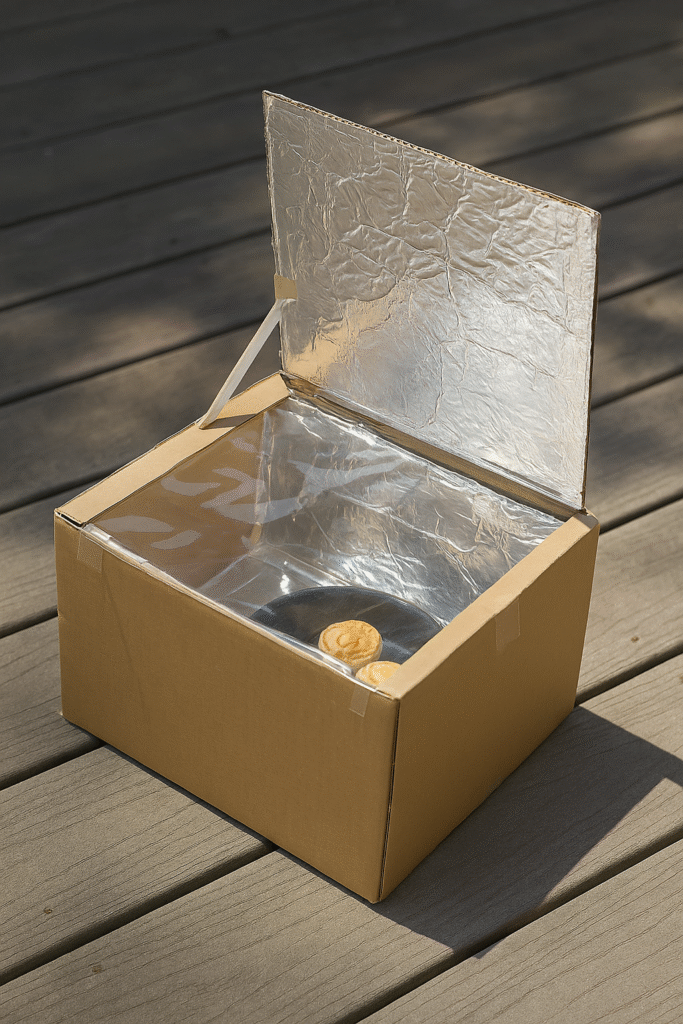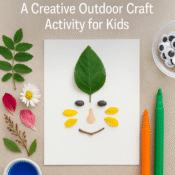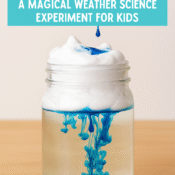
Color-Coded Science Challenges: Engaging Kids with Hands-On Learning by Hue
Why Colour Matters in Learning: The Hidden Power of Visual Cues
Do you ever notice how colours can grab kids’ attention faster than words? Colours are more than decoration — they are cognitive tools. Studies show that colour enhances memory retention, boosts concentration, and makes abstract ideas more tangible, especially for young learners.
Yet, most science activities treat colour as an afterthought. In this post, we flip that on its head: what if colour is the core of the challenge?
Welcome to the world of Color-Coded Science Challenges — where every experiment begins with a hue and ends with a hands-on discovery.
The Framework: What Are Color-Coded Science Challenges?
These challenges use colours as organisational and functional tools in science exploration. Each activity is tied to a specific colour, which cues different scientific concepts, materials, or processes.
For example:
- Green = Plants, growth, or eco-friendly science
- Blue = Liquids, density, or water-based experiments
- Red = Reactions, heat, or energy
- Yellow = Light, vision, or solar activities
- Purple = Mystery zone! Mix-and-match or open-ended challenges

This system helps children visually categorise science experiments while also making it easier for parents and educators to plan and rotate activities.
Core Activities by Colour
Let’s explore 5 colour-coded science challenges that make learning vivid, thematic, and irresistibly fun. These activities are ideal for ages 6–10.
The Green Zone: Growing Crystals on Leaves
Concept: Evaporation & Crystal Formation
Materials: Leaves, Epsom salt, warm water, green food colouring, glass jar
Steps:
- Mix 1 cup of warm water with ½ cup Epsom salt and green food colouring.
- Dip the leaves and let them soak for 10 minutes.
- Lay flat and wait for crystals to form as water evaporates.
Learning Outcome: Children explore mineral deposition and how temperature affects evaporation rates.
The Blue Zone: Floating Colours in Milk
Concept: Surface tension and polarity
Materials: Whole milk, food colouring (preferably blue), dish soap, cotton swab
Steps:
- Pour milk into a shallow plate.
- Add drops of blue and other colours.
- Touch with soap-dipped swab and watch the colours dance!
Learning Outcome: A visual introduction to molecules, fats, and chemical interactions.
The Red Zone: Vinegar and Baking Soda Rockets
Concept: Chemical reactions & gas expansion
Materials: Small bottle, vinegar, baking soda, red paper cone, cork
Steps:
- Fill bottle ⅓ with vinegar.
- Wrap baking soda in tissue, drop it in, and cork fast.
- Flip it over, step back, and blast off!
Learning Outcome: Kids learn how acid-base reactions produce gas and how pressure builds.
The Yellow Zone: Solar Oven S’mores
Concept: Solar energy & heat absorption
Materials: Shoebox, black paper, cling wrap, aluminium foil, yellow duct tape, s’mores ingredients
Steps:
- Line the inside of the box with foil and black paper.
- Place marshmallows and chocolate between graham crackers.
- Cover with cling film, place under sun, and wait!

Learning Outcome: Introduces concepts of heat absorption, reflection, and sustainability.
The Purple Zone: Secret Colour Code Messages
Concept: pH indicators & chemistry
Materials: Red cabbage juice, cotton swabs, baking soda, lemon juice, white paper
Steps:
- Paint white paper with cabbage juice.
- Use lemon juice or baking soda to write.
- Watch messages appear in colour under light or over time.

Learning Outcome: Understanding pH reactions and invisible ink chemistry.
Quick Variants to Try
One-Colour Challenge Day – Pick a colour and only do science activities that match it.
Blind Box Colour Draw – Let kids draw a colour to discover their challenge for the day.
Mixed Hues Experiment – Combine concepts (e.g. heat + colour + reaction) into one mega project.
These keep engagement high and add variety to your science table.
What Parents and Educators Are Saying
“My son was completely hooked when the science activities were colour-coded. He even created his own ‘blue lab’ corner!” — Natalie, VIC
“Using colours helped my daughter remember what we learned weeks later. She now refers to vinegar as ‘red zone liquid’!” — Marcus, NSW
Unlock More: Organise Your Science by Colour
Looking to build your own colour-coded science shelf?
Here’s how to start:
- Use coloured trays or folders to store experiments by theme.
- Print colour-coded activity sheets (see below).
- Set up a “mystery drawer” with weekly rotating hues.
- Let kids colour their own experiment logs.
This method improves visual organisation, task initiation, and long-term retention.
FAQ: Why Does Colour Enhance Kids’ Learning in Science?
Q: Why use colour as a learning tool in science activities?
A: Colour improves memory retention, especially for visual learners. It helps children quickly associate a hue with a scientific process, making complex ideas easier to grasp and recall.
Q: What if my child has colour blindness?
A: Most activities use more than just colour cues — they include texture, material, and symbols. You can easily label each activity with icons or tactile markers.
Q: Can I do these activities without all the materials?
A: Absolutely! You can adapt each challenge using household items. The PDF kit includes substitution suggestions.
Related Activities You’ll Love
- Floating and Sinking Experiments for Kids
- DIY Science Lab Setup at Home
- Outdoor Science with Nature Colours
Free Download: Color-Coded Science Challenge Pack (PDF)
Included:
- Printable colour-zone posters
- 5 experiment cards with steps and materials
- Colour-coded log sheet for kids to track discoveries
- “Hue Scientist” mini certificate
- Quick Variant Spinner Template
- Substitution Tips Guide for common household items
Click to download your full printable activity pack (PDF)
Beyond the Rainbow: Final Reflections
Colour isn’t just aesthetic — it’s a memory tool, a sorting system, and a language children understand instinctively. When you turn science into something they can see, they’ll start to remember and repeat it.
So next time you pull out the vinegar and baking soda, ask yourself: what colour is your science today?
Best for ages: 6–10
Find more activities in our: Hands-On Science Archive





[…] Color-Coded Science Challenges […]
[…] 2. Ocean in a Bottle – Density Science […]